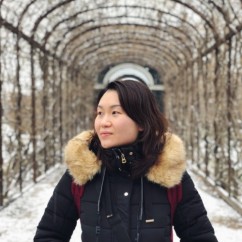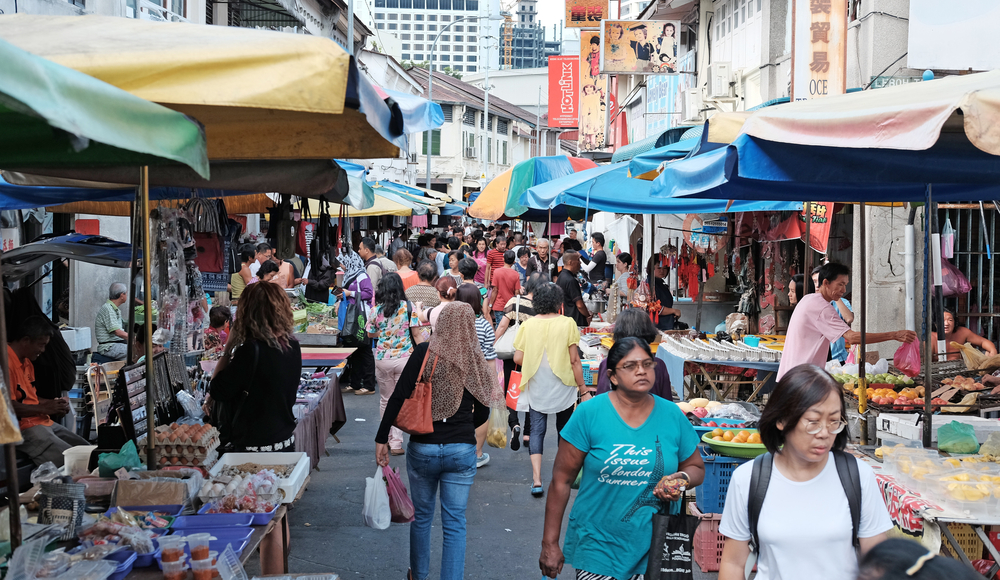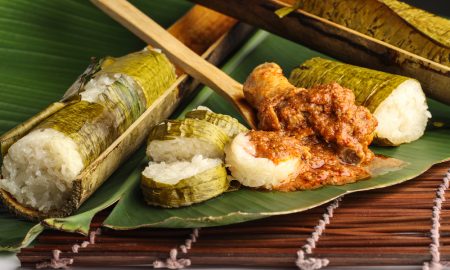There is undoubtedly more to Penang than its mouthwatering food, popular beaches, and remarkable heritage. Within its 113 square miles, you can find a plenitude of one-of-a-kind shopping experiences – namely specialty streets for specific items or trades – which is just one more endearing factor for the second-smallest state in Malaysia.
Here is a guide to some of the most unique shopping streets on the island:
1. Lorong Kulit
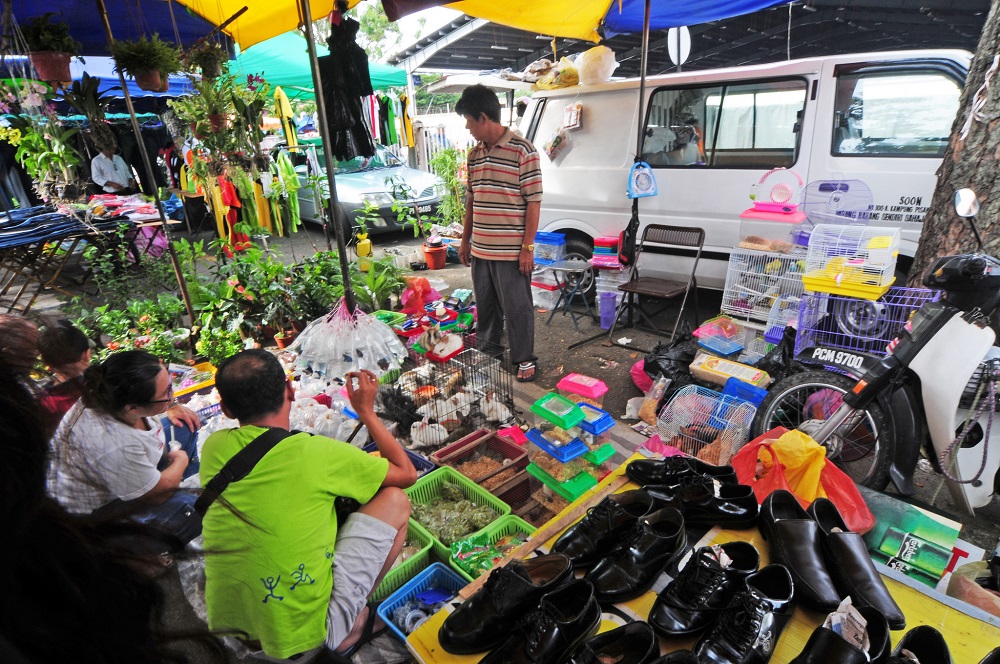
This lane is, in my opinion, the best starting point and introduction to the wealth of cultures in Penang. It was also a weekly stop when I was living in Penang, because it is where the freshest fruits on the island were sold.
Literally translated as ‘Skin Lane’ (a reference to its history as a leather and tannery area), secondhand goods are aplenty here. From brassware and grandfather clocks to vintage maps, records, enamel tiffin carriers, and much more, it is a treasure trove for those hunting for relics and secondhand goods.
Located near the City Stadium, it opens daily, but is busiest during the weekends, which is the best time to go if you’d like to experience local life at its purest.
2. Batu Ferringhi
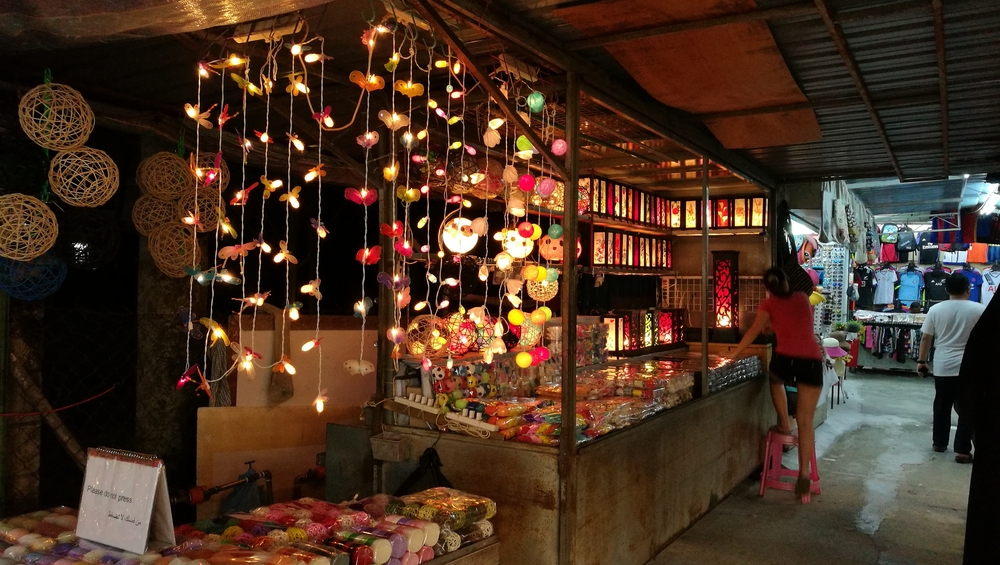
An area loved by expats, particularly for its long stretch of beaches and appealing hotels, Batu Ferringhi features a contrast of sorts. Walking out from any five-star resort, into an adjacent road littered with convenience stores, dining establishments, and reflexology parlours, certainly takes a bit of getting used to. My advice? Give it a bit of time, it’ll grow on you.
Especially come nightfall, when the street morphs into a buzzing Asian souk, complete with pirated DVD peddlers, knock-off luxury bags, purses, sunglasses, and even make-up (Urban Decay’s Naked Palette 4, anyone?), along with locally made souvenirs and batik craft.
A tip for those who are eyeing any of the items: Haggling is part of the game, so begin with a 50% slash on the quoted price, and bargain your way up from there.
3. Penang Road
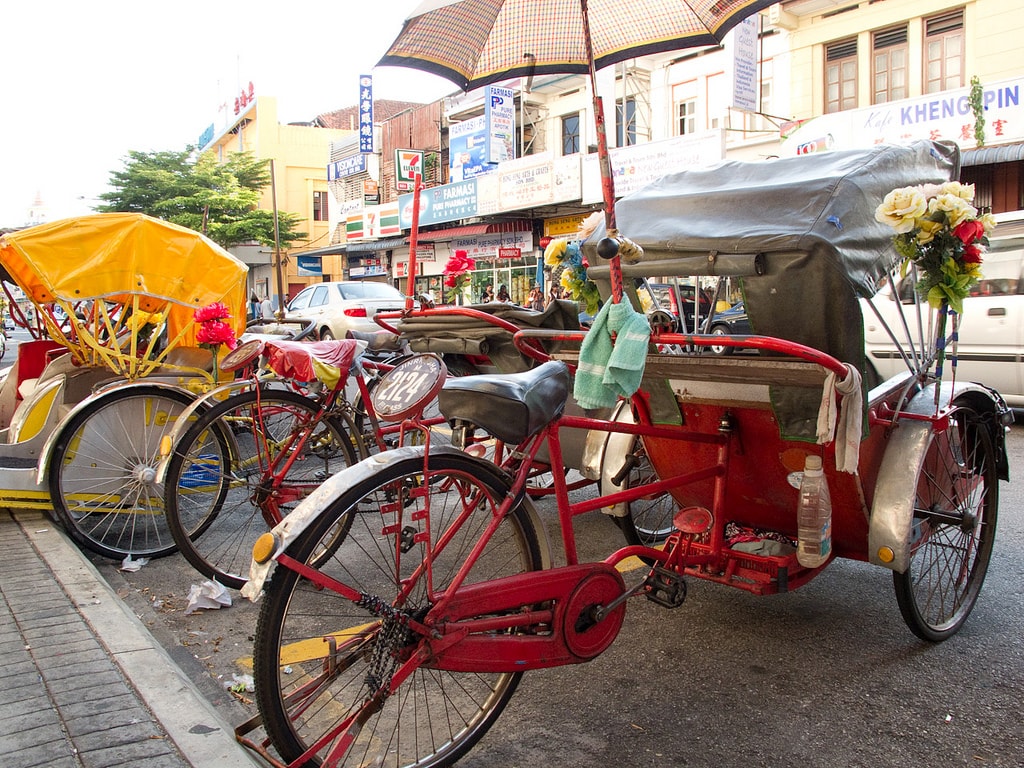
Penang Road was probably the most important thoroughfare in Penang during the British colonial era. The first road to be built from the original town mapped by Francis Light, this iconic road slithers from Lebuh Farquhar to Jalan Gurdwara, near the newly refurbished Kompleks Tun Abdul Razak (KOMTAR) tower.
A must-see for any person visiting the island, Penang Road is a tourist strip with wide walkways, the most popular section being Upper Penang Road. The lively road hosts the Little Penang Street Market, a monthly bazaar, which initially began as a small community project in 2006. Since then, the roadside fair has rapidly risen to become a local’s must-visit. Hosted every last Sunday of the month, you can expect to find dozens of stalls selling handmade crafts and food, but really, it is the cultural shows, live music performances, book readings, and visual art displays that are the crowd magnets.
For those with a yearning to contribute to the city’s economy, Chinatown is the place to go. The colourful street is a harem for belly dance costumes, sequinned bustiers, luggage, dried Chinese herbs, and pickled fruits such as nutmeg, mangoes, and more.
4. Market Street
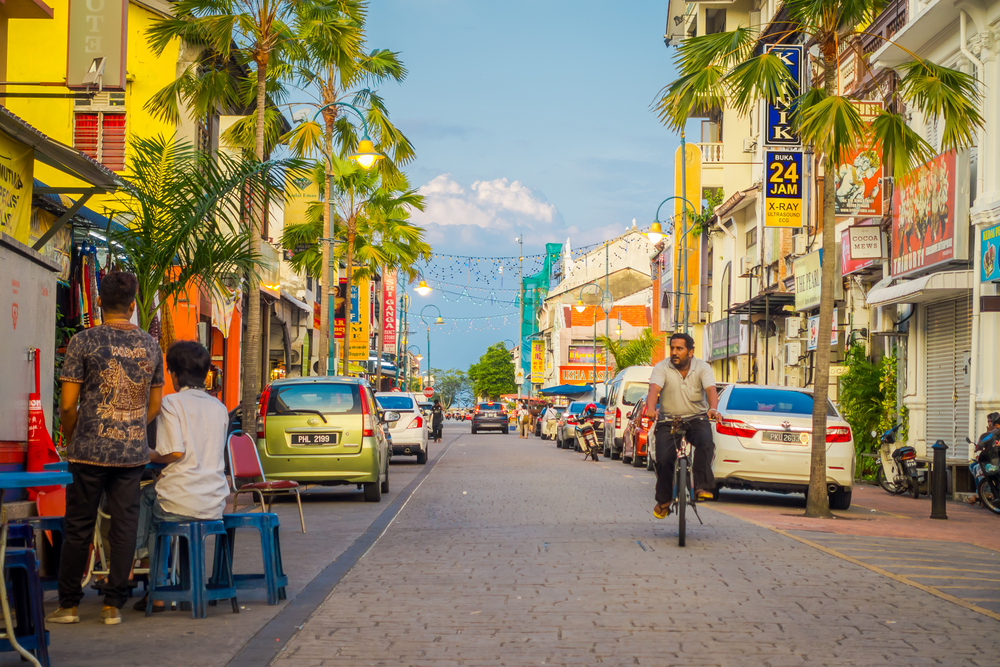
Market Street, or Lebuh Pasar, is one of the streets within the heart of the Georgetown World Heritage Site. It was named after the market that used to be located on the shore, but today, it is better known as Little India; the name is a giveaway to this frenetic street.
From floor-grazing saris in every shade known to man, to dangling earrings and glittering bangles, silverware, claypots, and luridly coloured Indian snacks such as jelebi and ladoo, Little India is best experienced during weekends and Ramadan, when throngs of food vendors congregate, displaying a delicious array of food options with Indian-Muslim influences. Read more here:
5. Beach Street
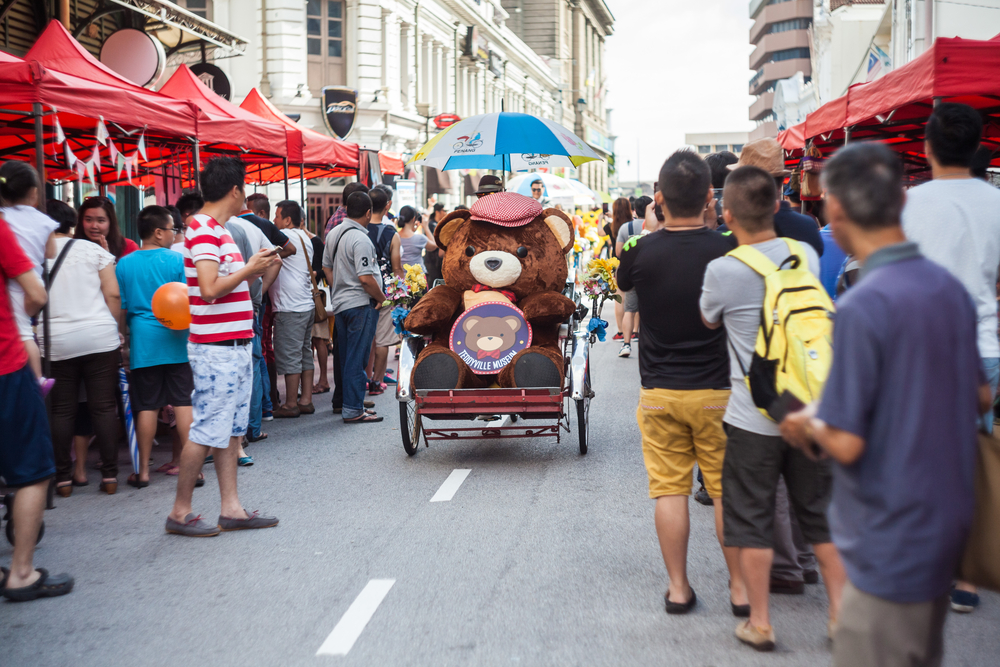
One of the oldest streets in Georgetown, Penang, Beach Street is now the main commercial street on the island, where most international bank branches or regional head offices are located. Yet, most of the buildings here retain their Neoclassical architecture and facade.
A walk through this historic trading street will lead you to traditional tradesmen (rattan weavers and aluminium workers); Ghee Hiang, an illustrious company which has been around for more than 160 years producing fragrant sesame oil and pastries; Shaik Dawood, one of the oldest spice traders in the area, and many more.
Since its inception in 2013, Project Occupy Beach Street runs every Sunday from 7:00am till 1:00pm, along four main roads. This initiative temporarily closes streets to automobiles, which in turn, allows people to appropriate the car-free roads for activities such as healthy food sampling, recycling stations, sporting exercises like street soccer and zumba, bootcamp, live band performances, and other weekly events.
"ExpatGo welcomes and encourages comments, input, and divergent opinions. However, we kindly request that you use suitable language in your comments, and refrain from any sort of personal attack, hate speech, or disparaging rhetoric. Comments not in line with this are subject to removal from the site. "

